Black shark - Labeo chrysophekadion
Scientific name: Labeo chrysophekadion
Common name: Black shark
Family: Cyprinidae
Usual size in fish tanks: 65 - 90 cm (25.59 - 35.43 inch)
014
Recommended pH range: 6.4 - 7.6
Recommended water hardness: 9 - 18°N (160.71 - 321.43ppm)
0°C 32°F30°C 86°F
Recommended temperature range: 23 - 27 °C (73.4 - 80.6°F)
The way how these fish reproduce: Spawning
Where the species comes from: Southeast Asia
Temperament to its own species: aggressive/territorial
Temperament toward other fish species: aggressive to smaller
Usual place in the tank: Bottom levels
Short description
The Black shark (Labeo chrysophekadion), also known as the Black shark minnow or Black labeo, is a massive cyprinid native to Southeast Asia. It is one of the largest species kept in the aquarium hobby, reaching 65–90 cm in length. Juveniles may look manageable, but adults require aquaria of several thousand liters. In captivity they are notorious for becoming extremely territorial and aggressive as they mature. Because of their size and behavior, they are suited only for very large public aquaria or the largest private installations.
Origin
Native to Southeast Asia, particularly the Mekong and Chao Phraya river basins, as well as rivers in Malaysia, Sumatra, and Borneo. They inhabit large rivers and floodplains with strong seasonal flow, and migrate during spawning.
Food and feeding
An omnivore. In the wild it grazes on algae, periphyton, plant matter, and small invertebrates. In aquaria it accepts sinking algae wafers, high-quality pellets, spirulina-based foods, and blanched vegetables (zucchini, peas, spinach). Supplement with live or frozen protein foods such as bloodworms, mysis, and shrimp, though the bulk of the diet should remain vegetable-based to prevent digestive issues.
Sexing
There are no reliable external differences; males and females appear similar. During spawning season, females may appear fuller-bodied.
Breeding
Breeding in home aquaria is virtually impossible due to the species’ large adult size and migratory spawning habits. In the aquaculture industry, Labeo chrysophekadion is induced to spawn using hormones, but this requires huge ponds and controlled conditions.
Lifespan
With proper care, they can live 15–20 years or more, though longevity depends on adequate tank size and water quality.
Behavior & compatibility
Juveniles may appear peaceful, but adults are highly territorial and aggressive toward conspecifics and other large bottom-dwellers. They will often chase or injure tank mates if kept in inadequate space. Only house with equally large, robust species in very spacious aquaria. Best kept singly.
Tank requirements
- Tank size: absolute minimum 2500 liters for one adult; 4000 liters recommended.
- Aquascape: large open swimming space with solid décor such as rocks and driftwood; avoid delicate plants as they may be uprooted.
- Substrate: sand or fine gravel.
- Water: stable conditions; pH 6.4–7.6; hardness 9–18 °N; temperature 23–27 °C.
- Filtration: very powerful, with high turnover and strong oxygenation to simulate riverine conditions.
🛰️ Why not for home aquaria?
Some freshwater fish sold as juveniles—like the Black shark (Labeo chrysophekadion) or Black pacu (Colossoma macropomum)—can grow to 60–100 cm, become strongly territorial, and demand multi-thousand-liter systems.
In typical home tanks this leads to stunting, stress, aggression, and shortened lifespan. These species are appropriate only for public aquariums or very large custom setups with heavy filtration and ample swimming space.
Want a similar look in a manageable size? Consider Red-tailed black shark (Epalzeorhynchos bicolor) or Flying fox (Epalzeorhynchos kalopterus) instead.
Pictures
Bought by aqua-fish.net from jjphoto.dk.
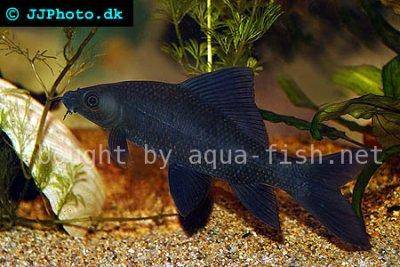




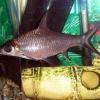 Bala
Bala 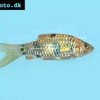 Spotted
Spotted 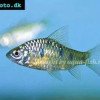 Golden
Golden 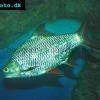 Tinfoil
Tinfoil 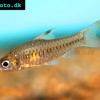 Congo
Congo 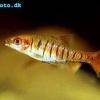 Blue-barred
Blue-barred 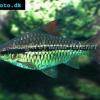 African
African 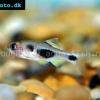 Butterfly
Butterfly 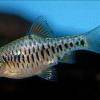 Olivegreen
Olivegreen 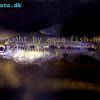 Morse
Morse 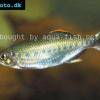 Jerdon’s
Jerdon’s 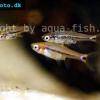 Mosquito
Mosquito 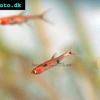 Dwarf
Dwarf 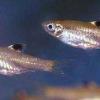 Eyespot
Eyespot 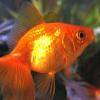 Goldfish
Goldfish 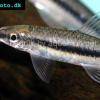 Penguin
Penguin 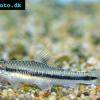 Siamese
Siamese 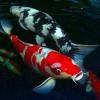 Koi
Koi 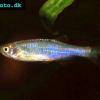 Pearl
Pearl 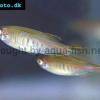 Glowlight
Glowlight 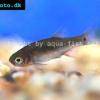 Crossbanded
Crossbanded 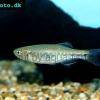 Yoma
Yoma 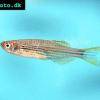 Orange
Orange 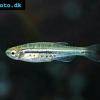 Dwarf
Dwarf 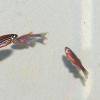 Zebra
Zebra 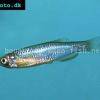 Rose
Rose 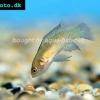 Red
Red 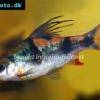 Arulius
Arulius 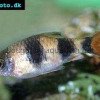 Tambraparni
Tambraparni 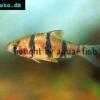 Fiveband
Fiveband 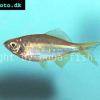 Bengal
Bengal 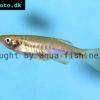 Tiger
Tiger 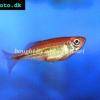 Malabar
Malabar 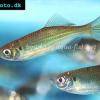 Queen
Queen 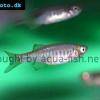 Hora
Hora 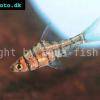 False
False 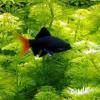 Redtail
Redtail 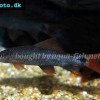 Rainbow
Rainbow 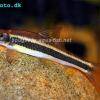 Flying
Flying 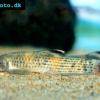 Garra
Garra 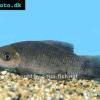 Purple
Purple 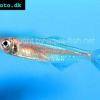 Burmese
Burmese 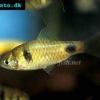 Dwarf
Dwarf 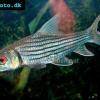 Isok
Isok 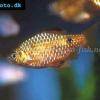 Rosy
Rosy 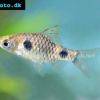 Two
Two 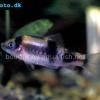 Melon
Melon 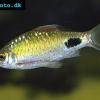 Black-spot
Black-spot 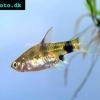 Golden
Golden 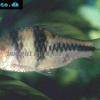 T-Barb
T-Barb 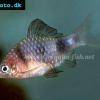 Ruby
Ruby 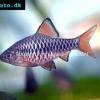 Checkered
Checkered 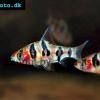 Rhomb
Rhomb 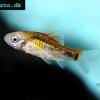 Gold
Gold 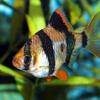 Tiger
Tiger 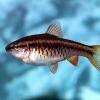 Cherry
Cherry 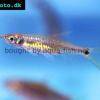 Brittan’s
Brittan’s 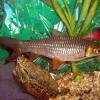 Greater
Greater 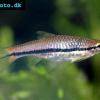 Long-band
Long-band 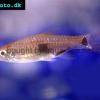 Twospot
Twospot 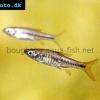 Reticulate
Reticulate 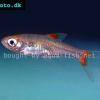 Cherry
Cherry 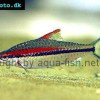 Denison
Denison 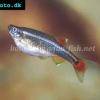 White
White 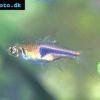 Lambchop
Lambchop 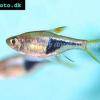 Harlequin
Harlequin